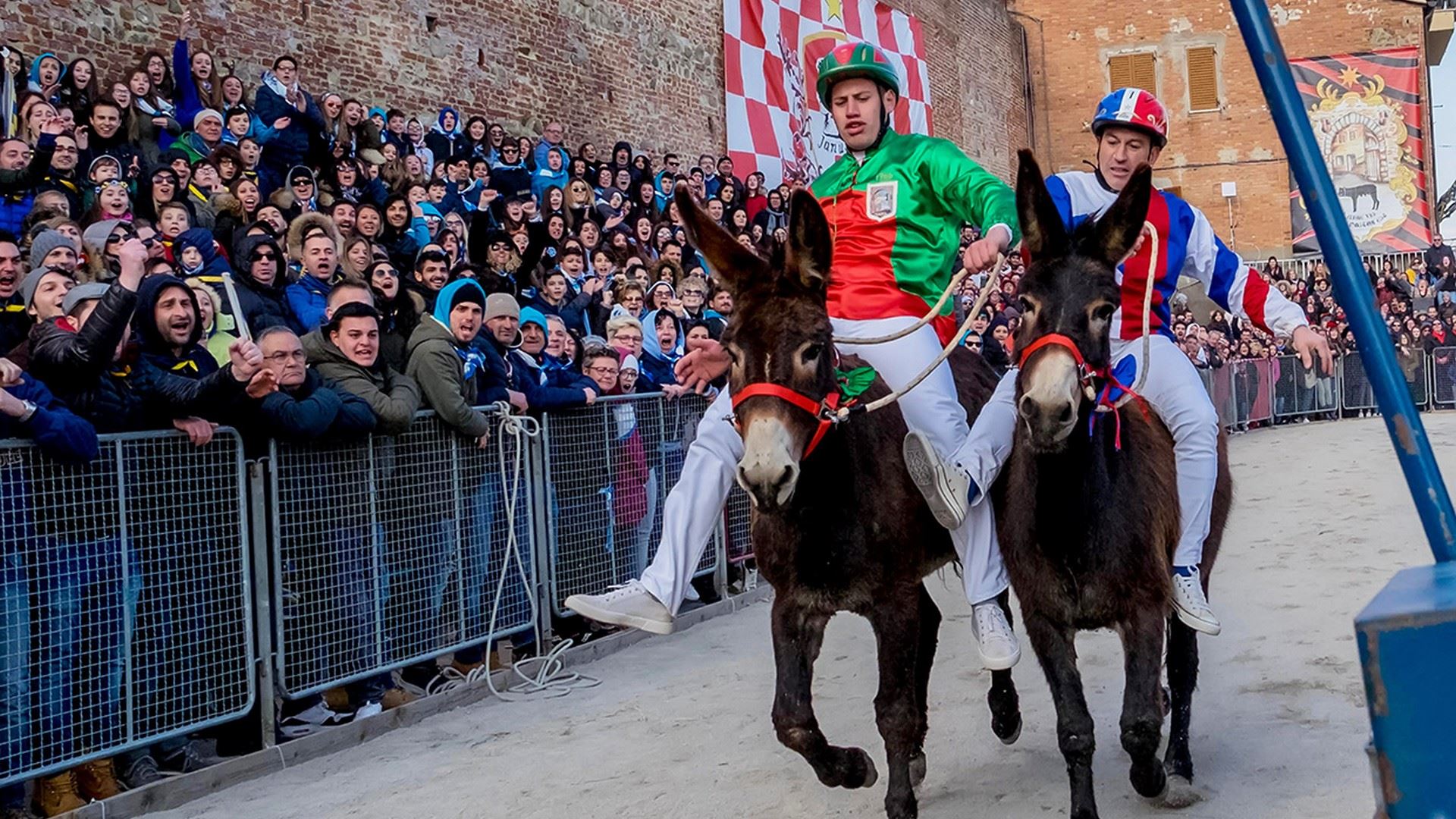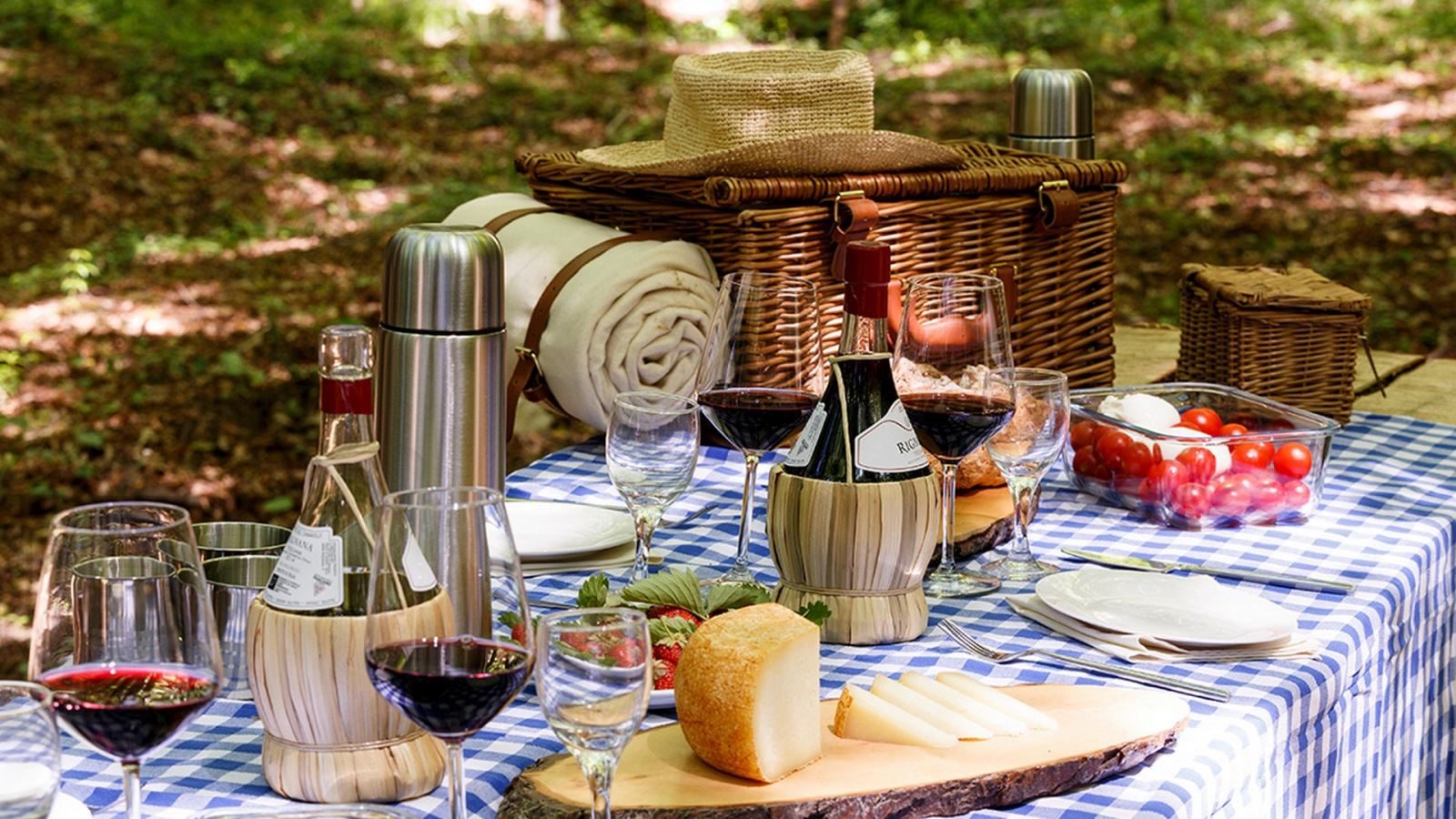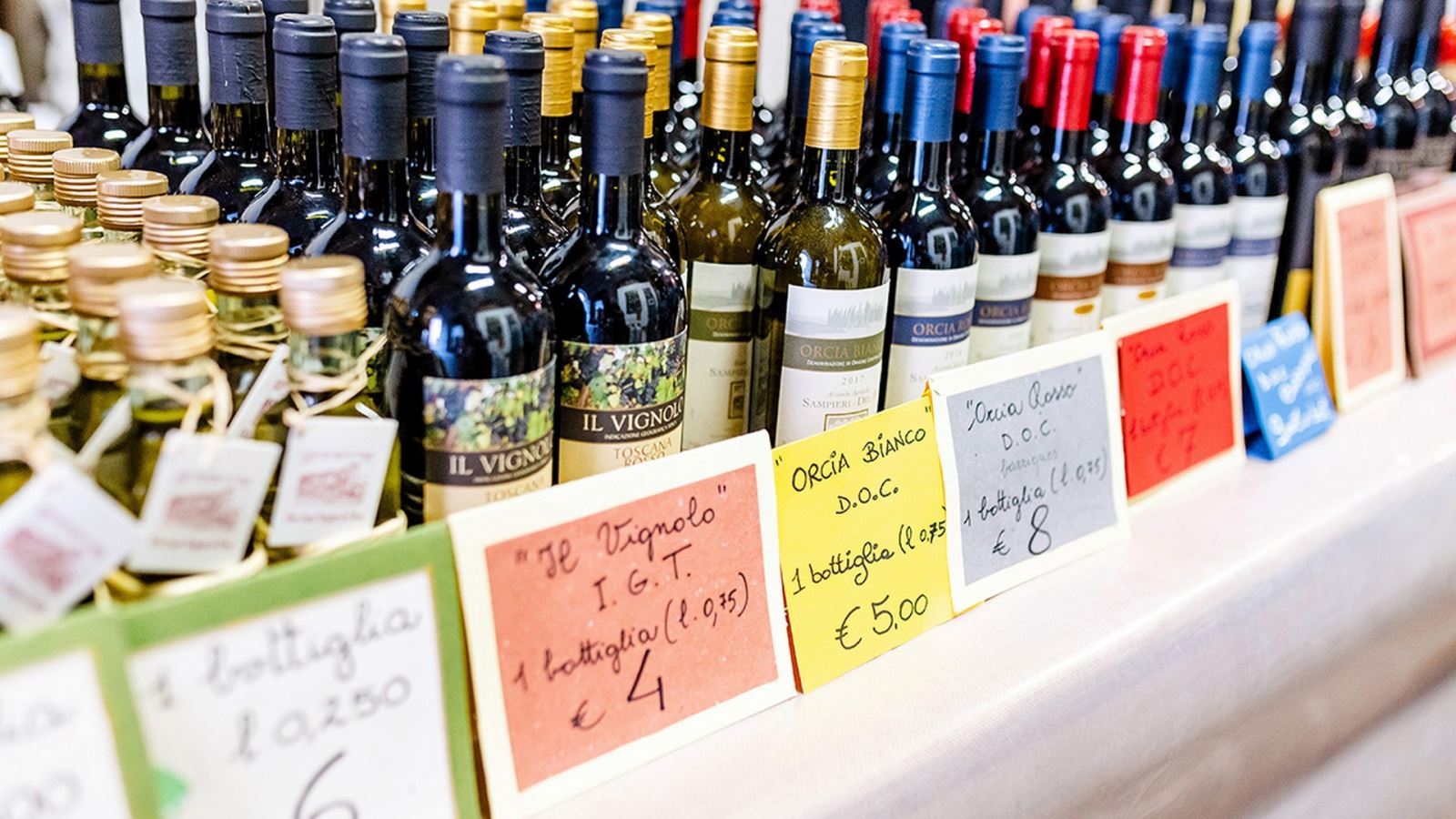Spring in Tuscany is a time of celebration, which means it’s festival time in the towns and villages as locals welcome the season of renewal. These are gentle events focusing on food, drink and, of course, family, as well as the serious business of paying homage to patron saints. Next, Easter arrives, a chance to enjoy the full spectacle of one of the most important religious festivals of the year.
La Pasquetta – or ‘little Easter’ – held on our Easter Monday, sees families get back in touch with nature as they head out to the countryside or gather in cities’ green spaces to picnic on a feast of traditional seasonal foods, such as pecorino cheese and fava beans, rustic bread, olives and red wine.
La Pasquetta sees families head to green spaces for a picnic. Photo: Mark Bolton Photography/Alamy
Easter is the time to witness the full spectacle of this important religious festival, which is marked by events from sombre plays depicting the Passion of Christ to colourful street parades and historical re-enactments. The carnivalesque celebration lasts from Holy Thursday to Easter Monday, and generally finishes with gorging on chocolate eggs.
Watch a religious procession at Easter. Photo: Robert Onencini/Shutterstock
In Florence, Scoppio del Carro, or ‘the explosion of the cart’ has been an unusual highlight of Easter Sunday for 350 years. A parade trundles a cart through the streets to the cathedral square where it is literally blown up in a noisy pyrotechnic display. Why? They say the ceremony commemorates the return of a crusading knight, while the ‘blessed fire’ carries the promise of a good harvest.

Visit Sant’Anna di Stazzema on Liberation Day. Photo: REDA/Alamy
Meanwhile, Liberation Day, a public holiday on 25 April, marks the end of the Nazi occupation of Italy in 1945. Honouring those who served in the Resistance, events range from marching bands and concerts to food festivals and political rallies. But there’s a time and place for quiet contemplation, too, such as at the shrine to the inhabitants of the remote Tuscan hillside hamlet of Sant’Anna di Stazzema, where the entire population was massacred in one day in 1944. Declared a National Park of Peace, the hamlet is the site of a memorial monument, and its little church bears a plaque mentioning the priest who pleaded for their lives in vain.

Even kids can take part in Nova Eroica. Photo: Paolo Martelli
Amateur cyclists hit Tuscany’s strade bianche, or white gravel roads, in April as the Nova Eroica gets young and old in the mood for the nation’s eagerly awaited professional race, Giro d’Italia, in May. This spring version of the more famous autumn vintage cycle festival, Eroica, is a ‘gravel gran fondo’ that combines time trials and a variety of routes, from a leisure ride for children and families to a 130km circuit that really tests competitors' endurance. Even non-cyclists can enjoy race day, watching the cyclists speed along and joining in the (five-day) festival celebrating art, nature, food and wine in the village of Buonconvento.
Serious cyclists should find a space at the roadside for Stage 2 of the Giro d’Italia when it makes its way south from Bologna. After crossing the Apennines to enter Tuscany, the cyclists will make the descent into Prato to a finish line in the town of Fucecchio. The following day, the town of Vinci is the starting point of Stage 3, marking the quincentenary of the death of its famous son, Leonardo da Vinci. From here, the peloton will head off through the Tuscan landscape, passing by San Miniato, through Grosseto and on to the southernmost tip of the region, Orbetello, for the first sprint finish
Three important Tuscan gardens will be opening to the public on La Pasquetta as part in the nationwide event Caccia al Tesoro Botanico Grandi Giardini Italiani, with fun and games such as Easter egg hunts for children to enjoy, as well as the chance to admire the blooming herbaceous borders. There are guided tours of historic buildings and gardens, too, at Giardino Bardini in Florence, Giardino Storico Garzoni in Collodi, and Parco della Villa Reale di Marlia in Lucca.
Spring is also the moment to catch a hilarious alternative to the great Palios di Siena, which takes place in the medieval town of Torrita de Siena, south of Florence. Instead of a horse race featuring gleaming steeds, Palio dei Somari sees neighbourhood jockeys in historic outfits competing astride humble, if disobedient, donkeys. The stakes are high and this race is taken very seriously, but it’s filled with funny moments as the stubborn animals ignore their riders, stop and even go backwards. A market, parades and traditional flag-throwing contests keep the weekend’s proceedings lively, too.
All aboard the Nature Train for day trips departing from Siena. Photo: Visit Tuscany
The popular steam-engine-driven Nature Train comes back into service after winter in the sidings, departing Siena for scenic day trips around the region, carrying passengers to local festivals and special events. The first trip of the spring season heads out to San Giovanni d’Asso for the Mazzuolo White Truffle Market, while other journeys include a ride out to the San Quirico d’Orcia Wine Festival.
The San Quirico d’Orcia wine festival offers a taste of Tuscany’s vineyards. Photo: Shutterstock
Whether or not you go there by train, the four-day San Quirico d’Orcia Wine Festival is a date for your diary. The long weekend is packed with organised tours of local vineyards on foot, on two wheels, and by bus, talks and tastings, and lots of cultural events, including opera performances and a short film festival.
Spring ends with the start of the internationally renowned Lucca Summer Festival.

-

- Recently viewed

















